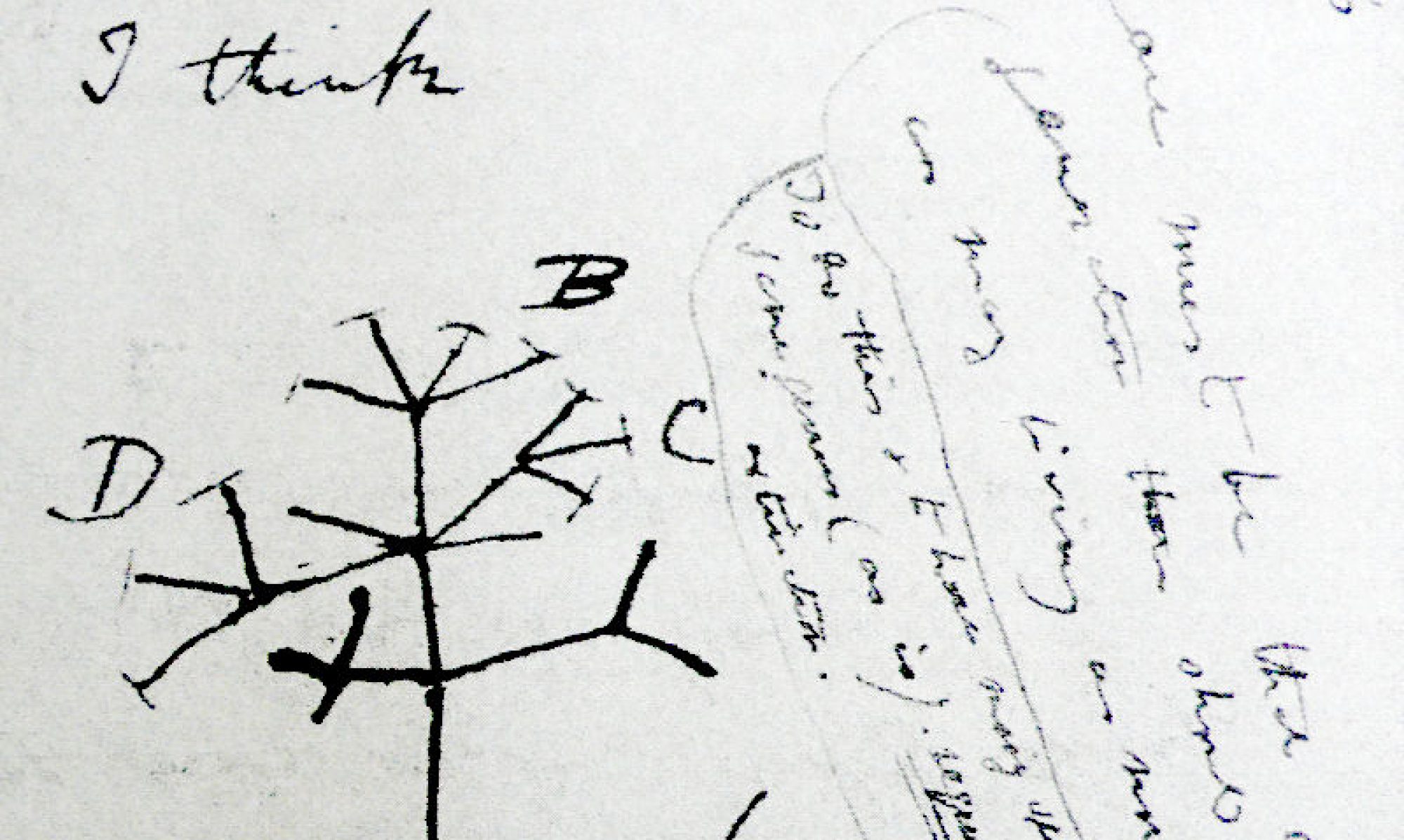By: Kristina McEvoy, Eli Penza-Clyve, Amaya Toribio, and Lindsey Walsh (Stonehill College, BIO323: Evolution, Spring 2022)
Have you ever wondered how wildlife has been affected by the 1986 Chernobyl nuclear power plant explosion? The disaster has been a subject of fascination to many, inspiring media such as the 2012 horror film Chernobyl Diaries and HBO’s 2019 television miniseries, Chernobyl. Although the incident occurred a little over 35 years ago, the accident has left lasting effects on the creatures that inhabit the Chernobyl area, particularly in the realm of genetic mutations.
Researchers at the University of Stirling, in collaboration with the Ukrainian Hydrometeorological Institute in Kyiv, sought to determine how radiation affected genetic diversity in a freshwater crustacean living in lakes at varying distances to the disaster. Daphnia pulex, also known as water fleas, live in the seven lakes examined in this study; five lakes were within the Chernobyl Exclusion Zone, or the radioactive area surrounding the explosion site, and two were located outside this boundary. Water fleas are known to accumulate mutations and suffer from a reduced ability to survive and reproduce when exposed to radiation. Scientists investigated the variation between the water fleas at each location by extracting DNA and sequencing ten microsatellite gene locations on chromosomes. Essentially, microsatellites are short segments of repeated DNA motifs in many places within one’s genome. The variation in the length of these microsatellites can serve as a measure of genetic diversity. The radiation from Chernobyl can lead to the development of genetic mutations, which can, in turn, increase genetic diversity. However, this relationship can change drastically when taking other evolutionary factors into account. Considering the radioactive conditions, there are two possible outcomes: either mutations cause genetic diversity to increase, or natural selection eliminates individuals that cannot survive the cellular damage associated with radiation, thus decreasing genetic diversity.
Listen now and read more below:
To measure genetic variation, the researchers identified 204 multilocus genotypes from 205 water fleas. The resulting data demonstrated significant linkage disequilibrium. Linkage disequilibrium occurs when a mutation event creates a new allele on a certain chromosome of an individual. The new allele will be associated with the old alleles on that individual’s chromosome. Four lake populations, both within and outside of the Chernobyl Exclusion Zone, exhibited linkage disequilibrium. However, linkage disequilibrium was not associated with radiation dose, therefore, it was likely caused by conditions unrelated to the nuclear accident. Transitions between asexual and sexual reproduction based on environmental conditions most likely caused this linkage.
The two of the lake populations exposed to the highest radiation dose rates also had the highest allelic richness. Allelic richness is a measure of genetic diversity that indicates a population’s ability to adapt. Put simply, the average number of alleles in these populations was very high. With more alleles, it is more likely that some individuals in a population will possess variations of alleles that are better suited for a radioactive environment. Next, the population structure and gene flow test, AMOVA, showed significant variation within the samples, within populations, and between populations. This variation demonstrates that there were significant population structures, or distinct water flea populations, despite increasing gene flow due to dispersal.
In radioactive environments, we may expect certain individuals to survive the conditions better than others. As a result, selection would weed out the water fleas that could not survive the cellular damage driven by radiation. Therefore, genetic diversity may decrease, however, this was not the case in this study. Although selection may be occurring slightly, the high mutation rates are strongly correlated with increasing amounts of radiation exposure. In other words, the strong radiation doses in Chernobyl lakes cause an incredible number of mutations. More mutations mean more genetic diversity! These findings are the first insight into radiation-driven evolution in Chernobyl. In the future, scientists would love to look at the mutations more closely to identify any evidence of selection. Are any mutations increasing the fitness of the water fleas? Are new traits evolving at exponential rates? Overall, this study gave scientists a perfect opportunity to examine accelerated evolutionary mechanisms. Additionally, researching the biological effect of radiation is increasingly becoming a vital scientific endeavor. As climate change continues to threaten our planet, sustainable energy sources, such as nuclear power, are becoming increasingly important. Therefore, any study of this kind furthers our knowledge of radiation and its evolutionary and biological consequences.
Article: Goodman, J., J. Brand, G. Laptev, and S.K.J.R. Auld. 2022. Radiation-mediated supply of genetic variation outweighs the effects of selection and drift in Chernobyl Daphnia populations. Journal of Evolutionary Biology 35: 413–422. https://doi.org/10.1111/jeb.13983
